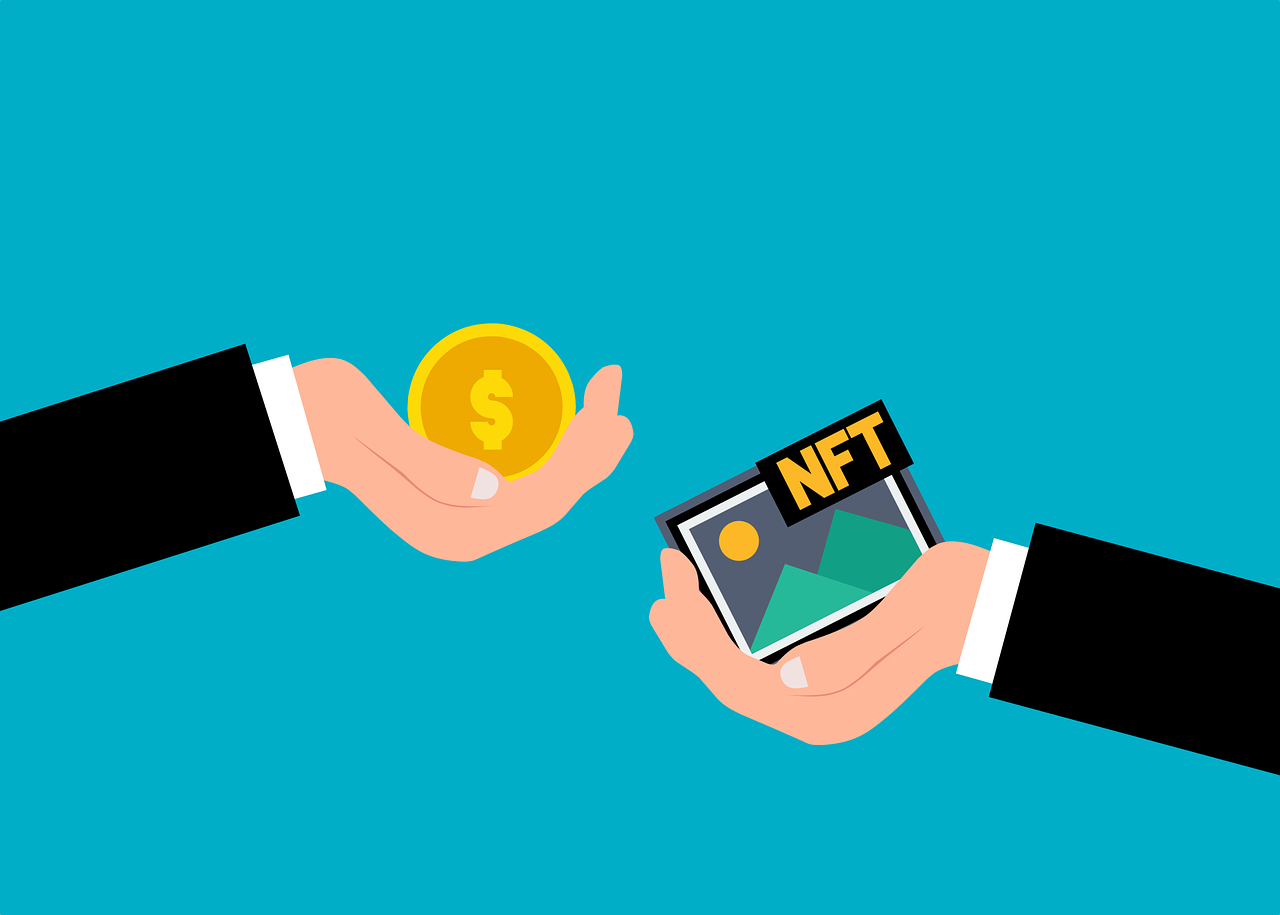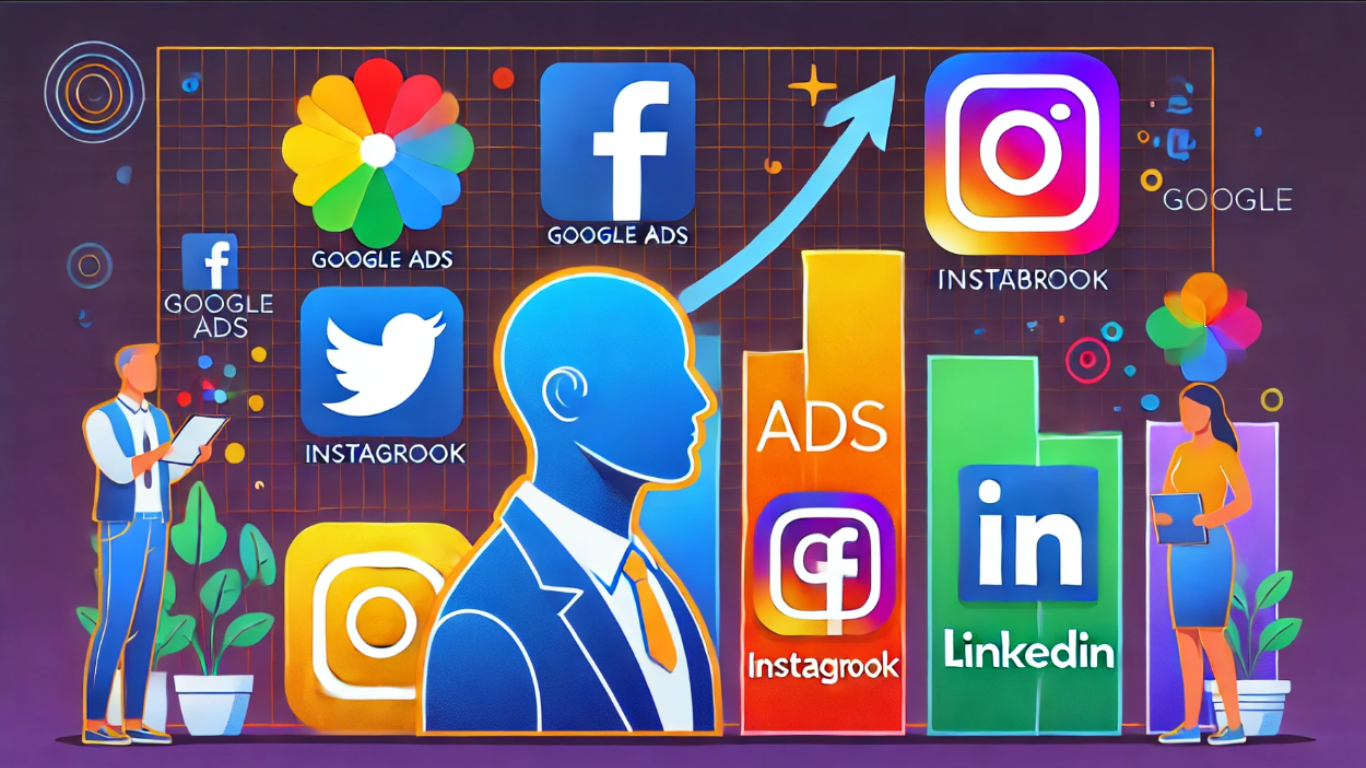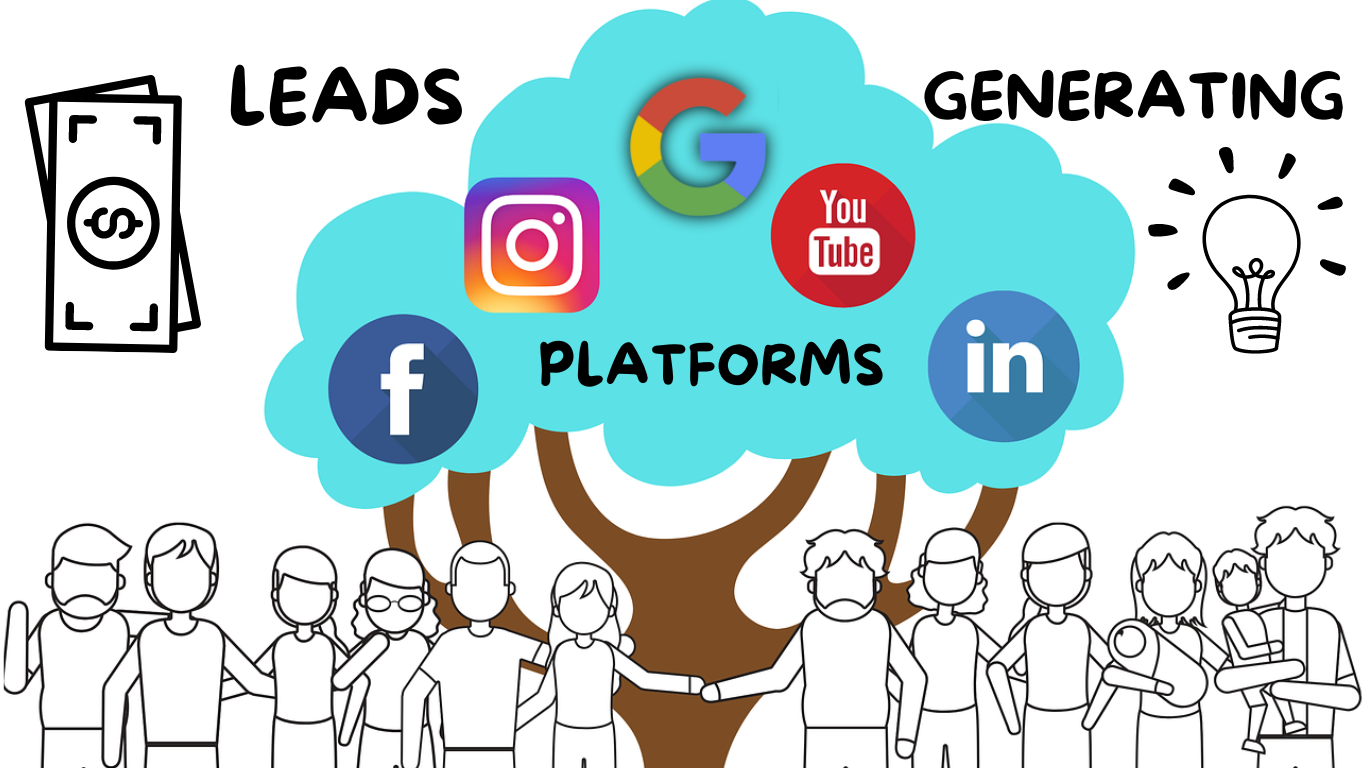The NFTs: The Silent Revolution That Is Changing the Art World
Every year, people eagerly await the release of the coveted Afterviews “Power 100” list. The British magazine has been using this list to show what’s trending in the art world for the past 20 years. However, the most recent edition’s winner is not an artist, a gallery owner, a curator, a patron, or even a museum. Ahead of the anthropologist Anna L. Tsing and the Indonesian collective Ruangrupa, the NFT gets the top spot on the “Power 100” list. A noteworthy accomplishment for a technology that, in the eyes of the most pessimistic analysts, was nothing more than a speculative bubble that was about to burst.
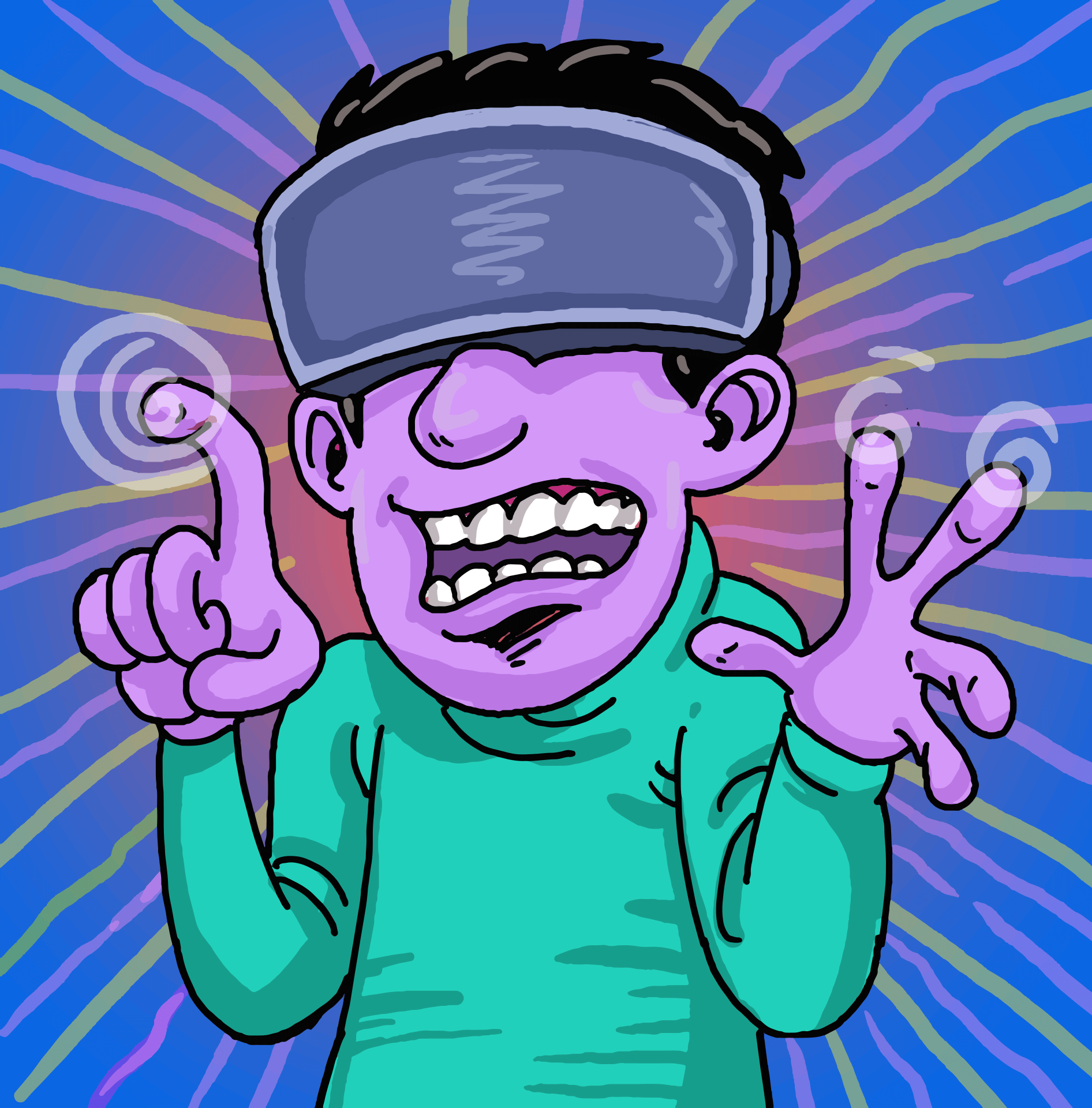
NFTs, though, are not brand-new. The popularity of this unfalsifiable authentication technique started with the game CryptoKitties, which was created by Dapper Labs and allows players to purchase cats with different traits. These virtual cats rapidly won the hearts of collectors; one even sold in 2018 for around $170,000. Some people in the art industry at the time had serious doubts about these totally immaterial artefacts. When he worked with Christie’s to provide 300 gift cards to attendees of the auction house’s “Art + Tech” summit, Robbie Barrat felt the weight of this mistrust. Only a few attendees took advantage of the opportunity to obtain a special NFT from the artist and AI researcher, which was made available to participants.
Reevaluating the Business Model in the Art World
NFTs’ appeal, however, skyrocketed in March. After “Everyday: the First 5000 Days” sold for $69.3 million at Christie’s, Michael Winkelmann, alias Beeple, rose to the position of third-most valuable living artist. Few members of the art industry could have predicted at the time how valuable lines of code referencing a virtual piece stored on the blockchain may become. NFTs are now a genuinely burgeoning market as a result of the phenomenon’s consolidation over the past few months. According to the most recent edition of the yearly Hiscox online art trade report, they generated close to $3.5 billion in the first three quarters of 2021. Although there are some fluctuations in this market, it is expanding gradually and upending a sector of business that is frequently wary of technology advancements.

But it seems that artists are much less circumspect. Many people believe that NFTs will threaten the long-standing business practises of art galleries and auction houses. Through sales platforms like Nifty Gateway and OpenSea, they see a chance to directly connect with a large worldwide audience. Women and artists from the African continent, who have long been marginalised by the conventional art market, find this opportunity particularly appealing. Through the virtual exhibition “Reload,” the Nigerian art fair Art X has teamed up with the SuperRare platform to demonstrate how African artists have grasped the NFT. By showcasing the great potential of NFTs in the growth of Africa’s creative ecosystems, the event hoped to provide “a view into the future of art-making and collection on the continent.”
So, NFTs and liberation go hand in hand? No, not always. According to a report by ArtTactic that was cited in The Art Newspaper in November, the market for non-fungible tokens mostly benefits artists from the United States, the United Kingdom, and Canada. Over the past 21 months, they have sold 73% of the NFT on the specialised platform Nifty Gateway by themselves. 3.6% of the transactions examined were from their equivalents in Africa and Latin America. For women, who make up only 16% of this market, the same is true.
Introducing NFTs into Museums
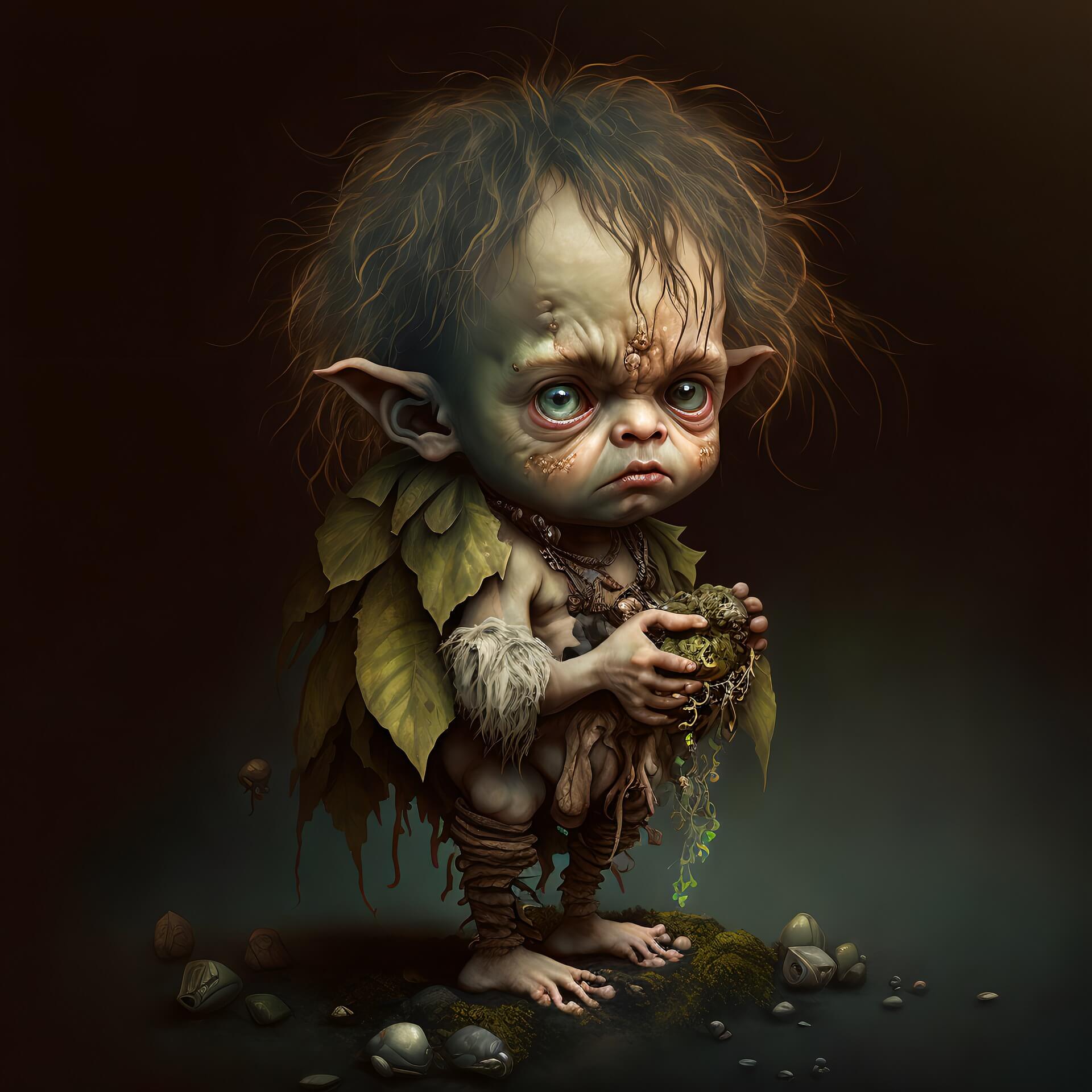
Cultural institutions other than auction houses are using NFTs. Numerous galleries have recently held retrospectives of crypto-art and its pioneers. These places may be “real,” but the token displays they hold on digital technology are much less so. With dozens of screens streaming digital artwork by Tim Molloy, LOOOP, and xsullo, the Superchief NFT gallery in New York resembles an electronics store. When it comes to paintings and sculpture, a gallery’s “physical” nature is clear because you are viewing a genuine piece of art rather than a replica. The NFT case is different.
This uniqueness explains why only a small number of institutions have taken the risk to host exhibitions of these digital artefacts. With its spring exhibition “Virtual Niche: Have You Ever Seen Memes in the Mirror,” the Ullens Center for Contemporary Art (UCCA) in Beijing experimented in the area. The goal of this show was to increase public understanding of crypto-art and place it in an institutional framework. However, this is not a simple task. Even museum curators and art enthusiasts may not fully understand the purpose or appeal of these non-fungible tokens. The Solomon R. Guggenheim museum advertised in March for interns with experience in the area as a result. They would be in charge of determining how blockchain and crypto-art would affect the New York museum’s digital strategy and collecting plan.

